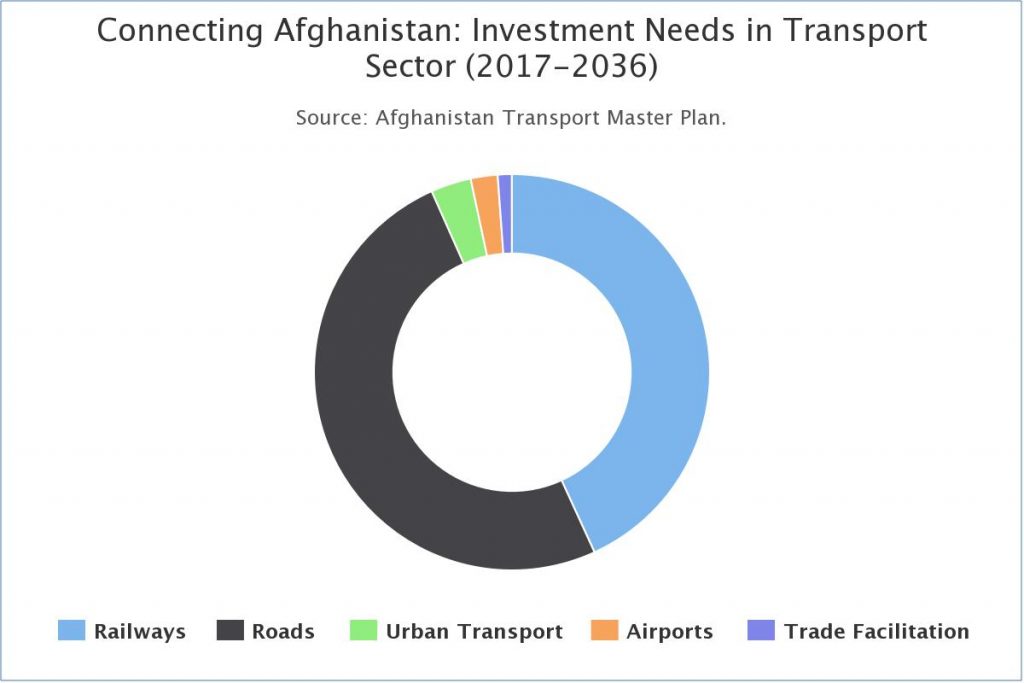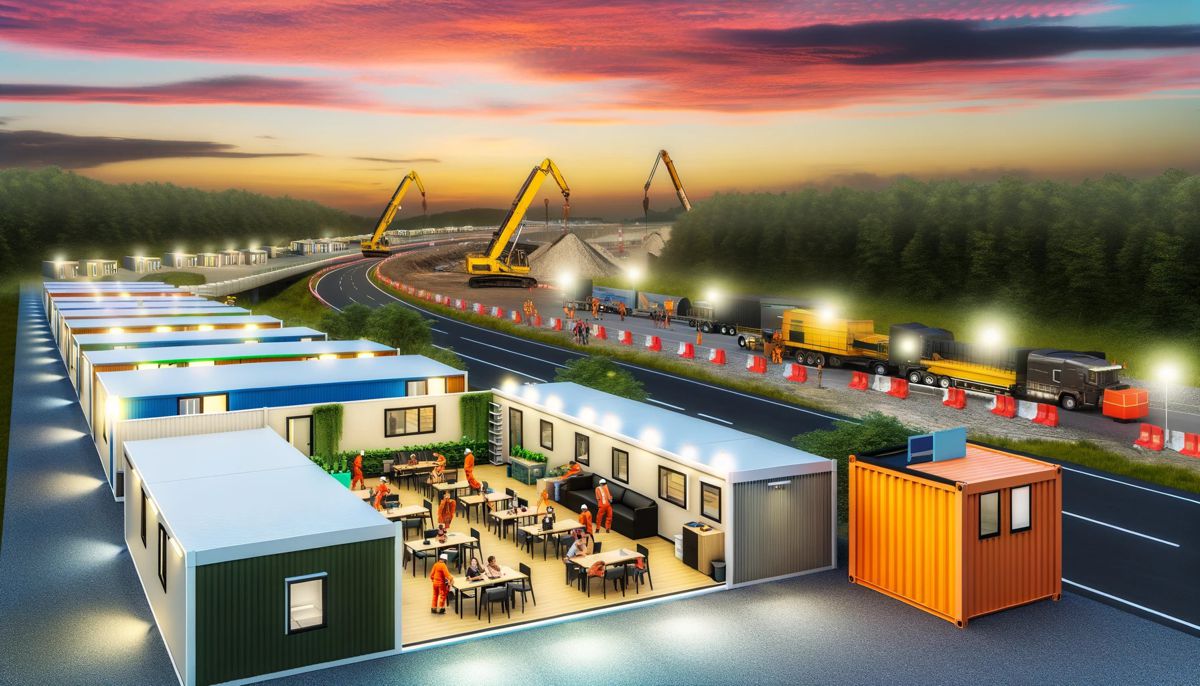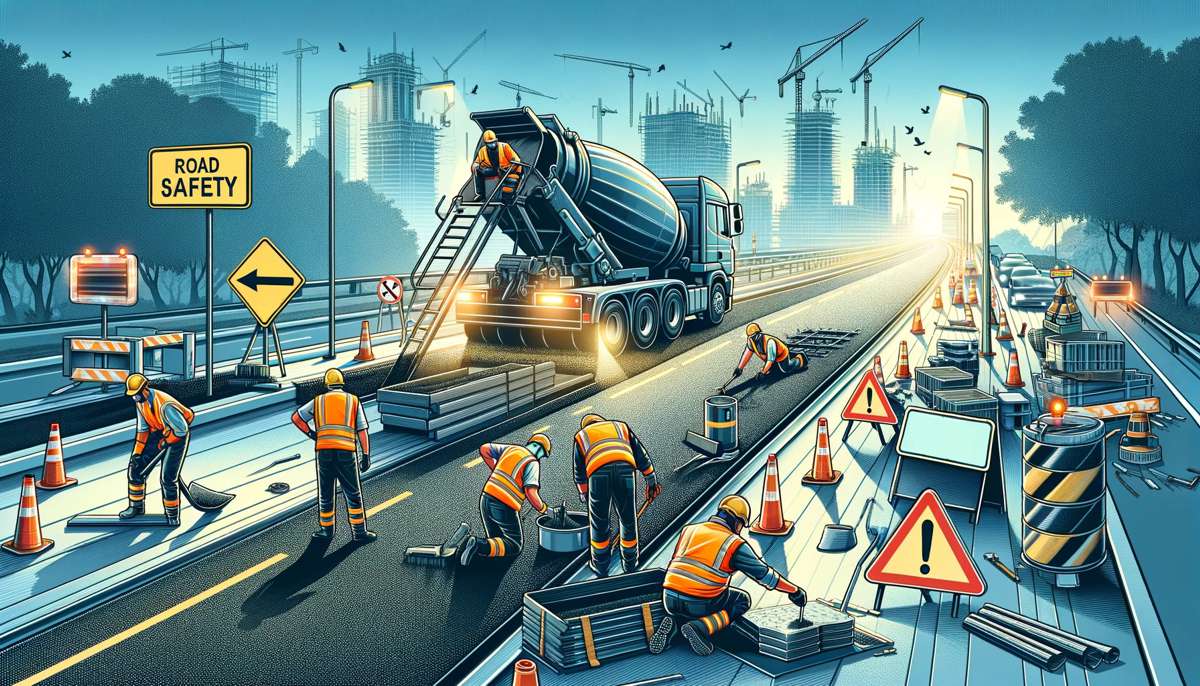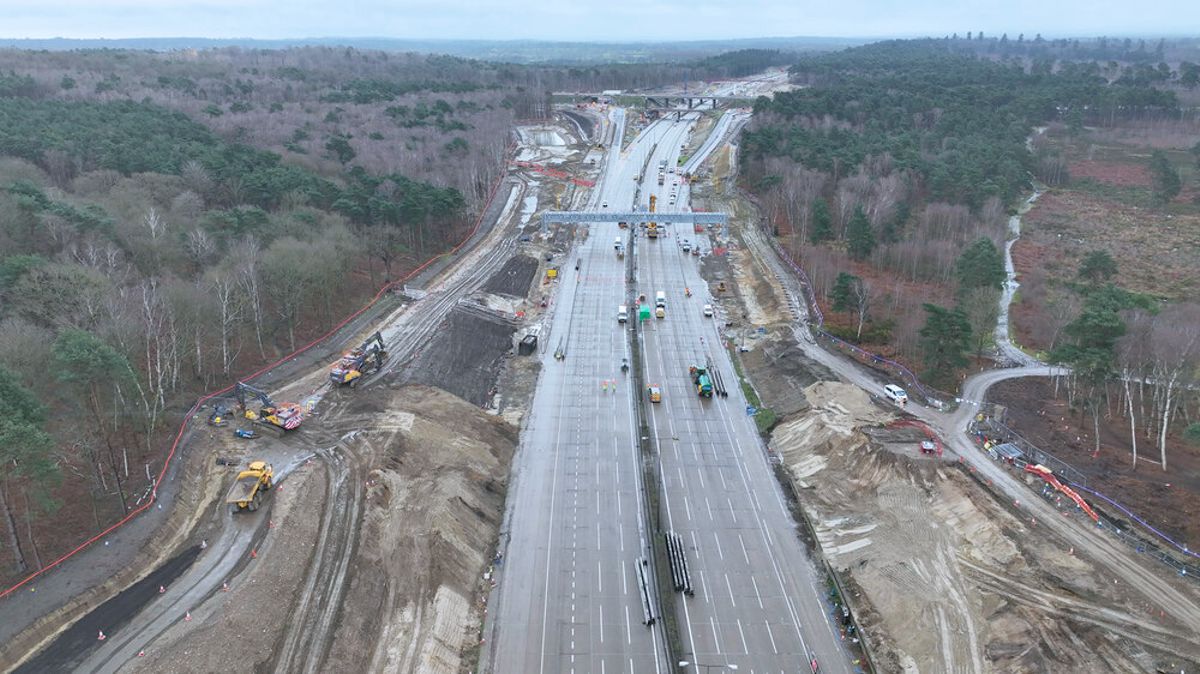Why does Afghanistan need a transport master plan?
Article by Peter C. Darjes, Consultant, Central and West Asia Regional Department, Asian Development Blog.
Afghanistan recently launched a 20-year master plan to improve the country’s transport and logistics system. Following the withdrawal of international troops and a decline in foreign assistance, the master plan is a constructive response to one of the country’s most pressing development challenges.
The massive investment proposed under the plan of about $26 billion over 20 years can make a decisive contribution to the much-awaited turnaround of Afghanistan’s social and economic affairs. This is indeed what the government had in mind, and what the authors and ADB, which supported its preparation, is hoping for.
But given the country’s instability, the daily headlines about terror threats, bombings, and loss of innocent life, can such a long-term planning approach be effective?
Coordination, consensus building key to Afghanistan transport planning
Afghanistan is still confronted with poor infrastructure, a decline in human resources, and weak institutions. Despite 14 years of international effort, the country still faces serious challenges to peace and order. It can barely afford a basic transport network to harness its rich natural resources, and connect scattered rural communities with urban areas.
The poverty rate, although on the decline, is still high, with more than one-third of the population living below the poverty line. Access to basic facilities remains inadequate, particularly in rural areas, where two-thirds of people live. Afghanistan spends half of its annual budget on national security, thus widening the existing resource gap.
How can Afghanistan overcome these choke points? The choice of transport as a focus area for development efforts is warranted because better connectivity paves the way for effective investments in other important areas, such as education and health.
Economic activity depends on connectivity
Experience elsewhere in Asia shows that growth in economic activity depends on physical connectivity. Also, progress in economic and social welfare is positively correlated with development of transport infrastructure and logistics.
Afghanistan stands to benefit from improved transport and trade logistics: which would bring lower transport costs, more efficient logistics processes and, over time, changes in the production and distribution of goods. But the investments required to achieve these benefits are massive, and need sound planning and implementation arrangements.
The right mix of investments, their spatial distribution, and their sequencing over time, must all be planned properly. So, while investments and planning are inseparable activities, the choice of a planning concept requires extra thought.
Better transport connectivity paves way for other investments
Volatile situations like that prevailing in Afghanistan are not normally conducive to the adoption of a master plan approach, which is predicated on stability and a degree of predictability in governance and institutions.
Coordination and consensus building are required when formulating a vision and a set of related objectives. There must be agreement on policies and the design of strategies, actions, and the implementation of plans.
Master planning can be a time-consuming process, which does not always ensure that the expected outcomes are achieved. International experience suggests that, during the planning process, planners’ technical recommendations tend to be overruled by politically connected stakeholders.
Detailed blueprint, committed government
The transport master plan for Afghanistan demonstrates awareness of these concerns, while providing a compelling justification for the choice of master planning despite its known shortfalls in such contexts.
Foremost is the recognition that Afghanistan remains a fragile and conflict-affected state that requires a strong vision, and a blueprint to achieve it. The government supports this vision – there will be no more muddling through.
The master plan lays out a detailed course of action to improve the country’s roads, railways, civil aviation, urban transport, and trade logistics. It also seeks to address several problems, among them poorly maintained infrastructure, lack of road safety, traffic congestion in cities, and lack of resilience to climate change.
A key aim is to create jobs and enhance connectivity across the entire country. Toward this end, Afghan contractors will play a greater role in the execution of road works. Donors will modify the eligibility criteria of their procurement procedures and package road contracts to provide better job opportunities for national contractors.
Donor community supports transport master plan
The master plan will be pivotal for the performance of both government authorities and the donor community. For the government, the master plan will be the compass to steer future action, and a benchmark against which to assess progress. Specific guidance on reform action is crucial for ambitious goals like developing an $11.2 billion national railway network with over 5,000 kilometers of tracks.
The donor community is welcomed to use the master plan as a lynchpin and focus for its future activities, and an effective platform for agreeing on coherent operations. The master plan will thus mitigate the risk that selective donor ambitions dominate the planning process, as has happened in the past.
Transport central to stability, peacebuilding
Development partners can rally behind the master plan, providing stable and predictable support. Since transport is central to stability and peacebuilding efforts in Afghanistan, the impact of implementing this plan would go far beyond the comparatively narrow horizons of the transport sector.
This matters greatly to ordinary Afghanis. News headlines tell us precious little about the Afghan people – how they carry out their daily chores, raise their children, how families manage to live and survive in a country with more than its fair share of challenges.
The master plan is a strong statement of solidarity with these people, and hopefully a demonstration to them that they are not forgotten.
















